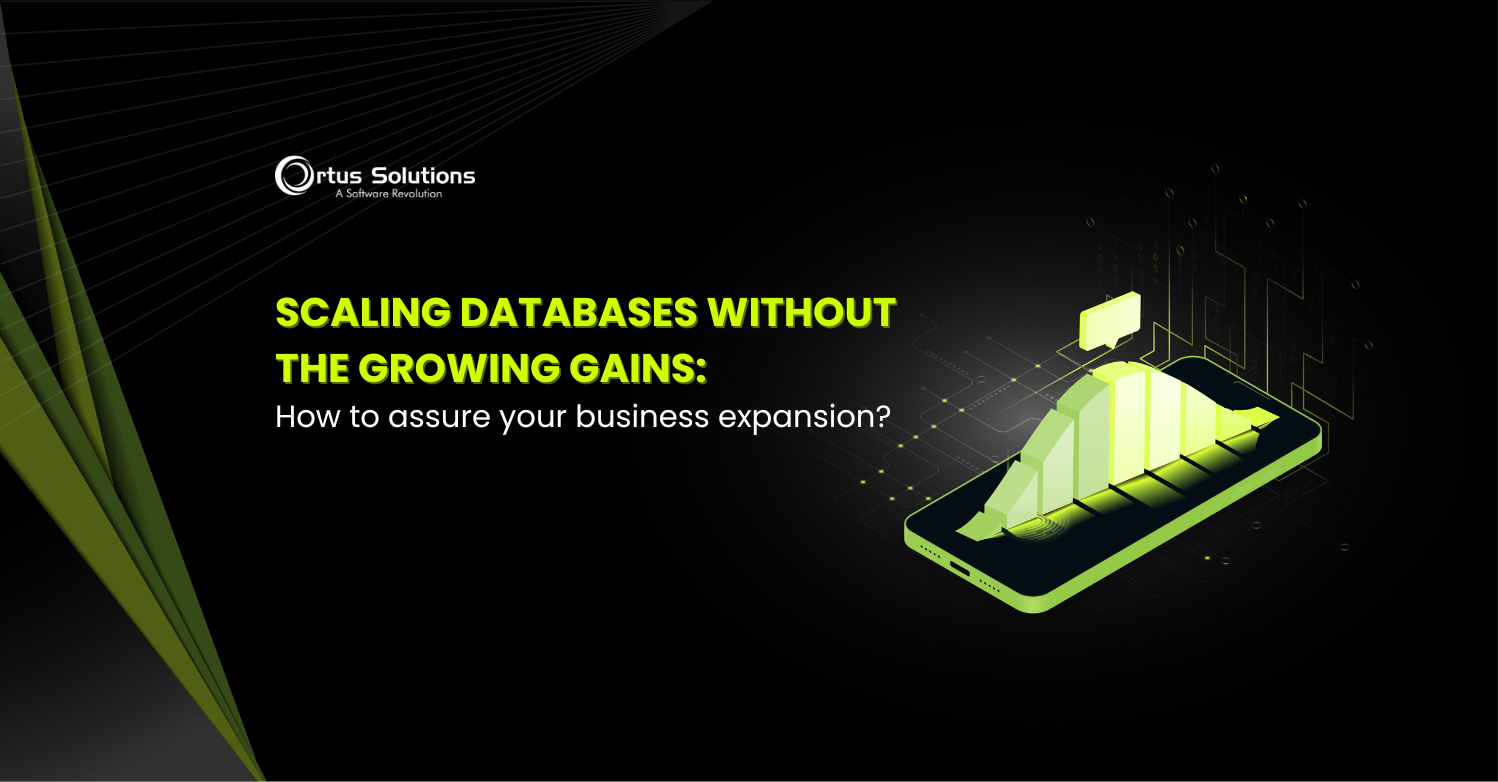In today’s fast-paced digital environment, a database that scales seamlessly is crucial for growing businesses. Whether you're experiencing seasonal traffic spikes, entering new markets, or launching new products, your database must keep up with increasing demands without compromising performance or user experience. However, scaling databases presents significant hurdles, from hardware limitations to performance bottlenecks.
This post explores the common challenges businesses face when scaling databases and practical strategies to ensure smooth, cost-effective scalability—whether on-premises or in the cloud.
The Challenges of Scaling Databases
Scaling a database to meet growing demands isn't as simple as flipping a switch. Here are some common challenges businesses encounter:
1. Hardware Constraints
On-premises databases often rely on physical servers, which come with inherent limitations. Scaling up requires costly hardware investments and significant downtime during installation and configuration.
2. Performance Bottlenecks
As user demands grow, databases can experience slower query responses, increased latency, and even crashes. Poorly optimized databases struggle to handle spikes in traffic, frustrating users and affecting business continuity.
3. Seasonal or Unpredictable Demand
Many businesses experience fluctuating demand, such as retail companies during holiday seasons. Provisioning for peak loads while maintaining cost efficiency during off-peak times is a delicate balance.
4. Scalability Challenges
Traditional database setups often lack the flexibility to scale horizontally (adding more servers) or vertically (upgrading server capacity). This limits the ability to respond quickly to growing data and user loads.
5. Cloud Migration Complexity
While moving databases to the cloud offers scalability, the migration process itself can be complex, with risks of downtime, data loss, and compatibility issues.
Practical Strategies for Scaling Databases
Scaling databases efficiently requires careful planning and execution. Here are practical strategies to help businesses scale without breaking the bank:
1. Flexible Scaling Solutions
Analyzing the current database setup and identifying the most efficient scaling strategy is key. Flexible scaling options—such as vertical scaling (increasing server capacity) or horizontal scaling (adding more servers)—allow businesses to adapt to changing demands.
Benefits:
- Scale resources up or down based on demand.
- Minimize downtime with strategic planning and execution.
- Avoid unnecessary capital expenditures by optimizing existing infrastructure.
2. Real-Time Performance Optimization
Ensuring that a database performs efficiently under increased load is critical. Optimizing queries, using proper indexing, and implementing caching strategies can eliminate bottlenecks and improve response times.
Benefits:
- Faster queries and reduced latency.
- Improved user experience during peak traffic periods.
- Enhanced system reliability, reducing the risk of crashes.
3. Cloud Migration for Scalability
Migrating databases to the cloud can unlock unparalleled scalability and cost efficiency. Cloud platforms provide on-demand resources, enabling businesses to add storage and processing power quickly.
Benefits:
- Access scalable cloud infrastructure with providers like AWS, Azure, or Google Cloud.
- Reduce reliance on physical hardware and associated maintenance costs.
- Gain advanced features like auto-scaling, load balancing, and global accessibility.
4. Proactive Monitoring and Support
Scaling doesn’t end with implementation. Ongoing monitoring and proactive maintenance ensure databases continue to meet evolving business demands.
Benefits:
- Proactive identification and resolution of performance issues.
- 24/7 monitoring to prevent downtime.
- Continuous optimization to support business growth.
Cloud Migration: A Strategic Approach to Scalability
One of the most effective ways to scale databases is by transitioning to the cloud. Here’s why businesses are making the shift:
1. Cost Efficiency
Cloud platforms operate on a pay-as-you-go model, allowing businesses to scale up during peak times and scale down during slower periods, saving on infrastructure costs.
2. Flexibility and Speed
Cloud-based databases enable businesses to add resources quickly, whether it’s increasing storage, processing power, or both. This agility is critical for companies with unpredictable or seasonal demands.
3. Built-In Scalability
Cloud platforms like AWS and Azure offer built-in tools like auto-scaling and load balancing, ensuring that databases can handle traffic surges without manual intervention.
4. Reduced Maintenance
With the cloud, businesses eliminate the need for physical hardware, reducing the burden of maintenance, upgrades, and security management.
A Real-World Example: Scaling Without Breaking the Bank
Imagine a mid-sized e-commerce company struggling with traffic surges during the holiday season. Their on-premises database couldn’t handle the increased demand, resulting in slow load times and lost sales.
By transitioning to a cloud-based database, they implemented caching mechanisms and auto-scaling, allowing them to handle peak traffic effortlessly. The result was a 40% improvement in database response times, zero downtime during their busiest season, and significant cost savings.
Conclusion: Scale Confidently Without Growing Pains
Scaling a database effectively is essential for growing businesses, but it doesn’t have to involve costly infrastructure upgrades or overwhelming complexity. Whether you’re optimizing on-premises systems, transitioning to the cloud, or both, strategic planning and expert execution can help ensure your database meets growing demands.
Ready to scale your database with confidence?
Contact Ortus Solutions today for a free consultation and discover how we can help your business grow.




Add Your Comment